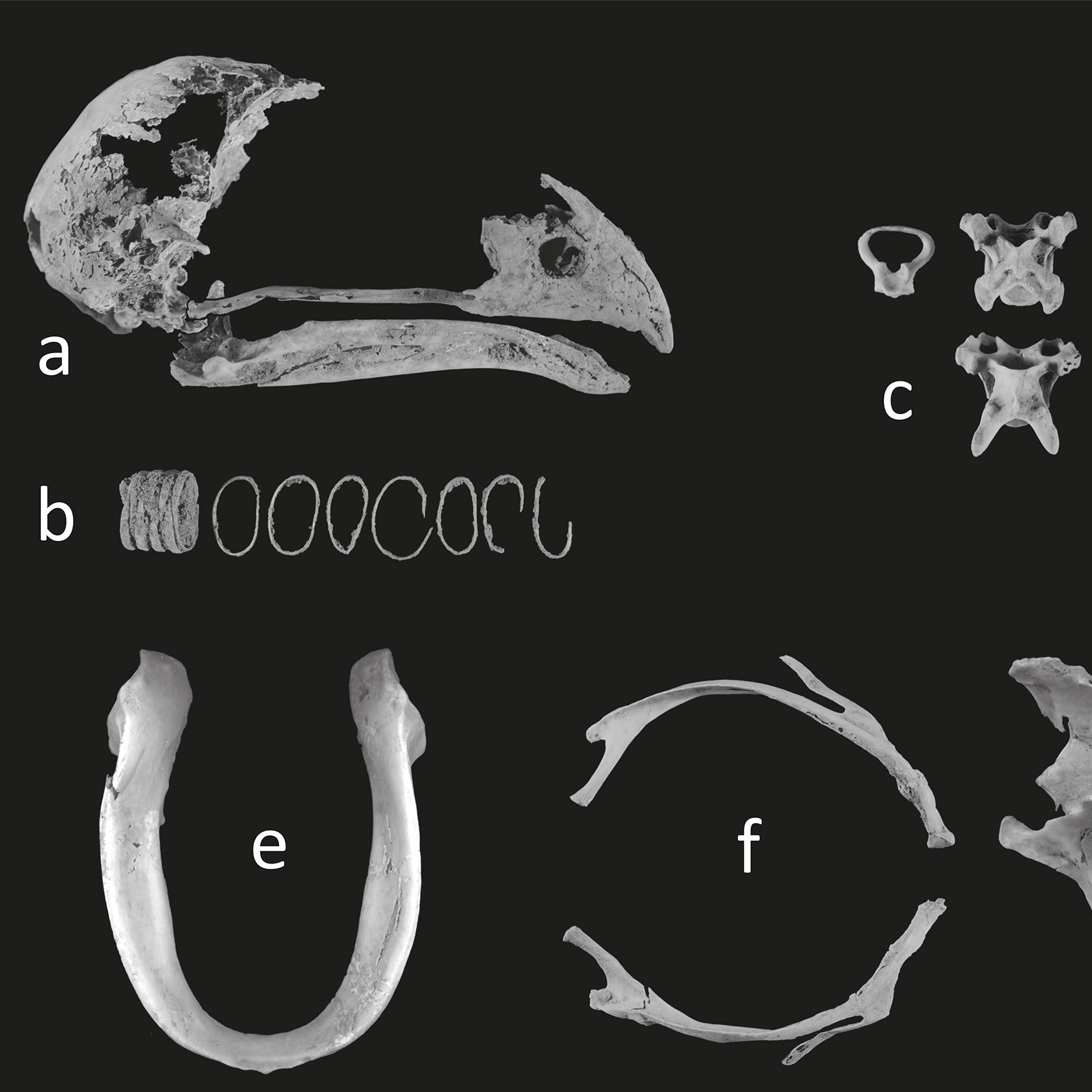A Gyrfalcon Falco rusticolus from an Uyghur well in Karabalgasun (Ordu-Baliq), Central Mongolia
https://doi.org/10.34780/6yl9-i26c
Abstract
FOLGt
Parole chiave:
Mongolia

Pubblicato
2023-09-11
Fascicolo
Sezione
Artikel
Informazioni bibliografiche e recensioni
Come citare
Töpfer, T., Franken, C., Rohland, H., Hutterer, R., Erdenebat, U. and Batbayar, T. (2023) “A Gyrfalcon Falco rusticolus from an Uyghur well in Karabalgasun (Ordu-Baliq), Central Mongolia”, Journal of Global Archaeology, 2023(04), pp. 138–161. doi:10.34780/6yl9-i26c.




